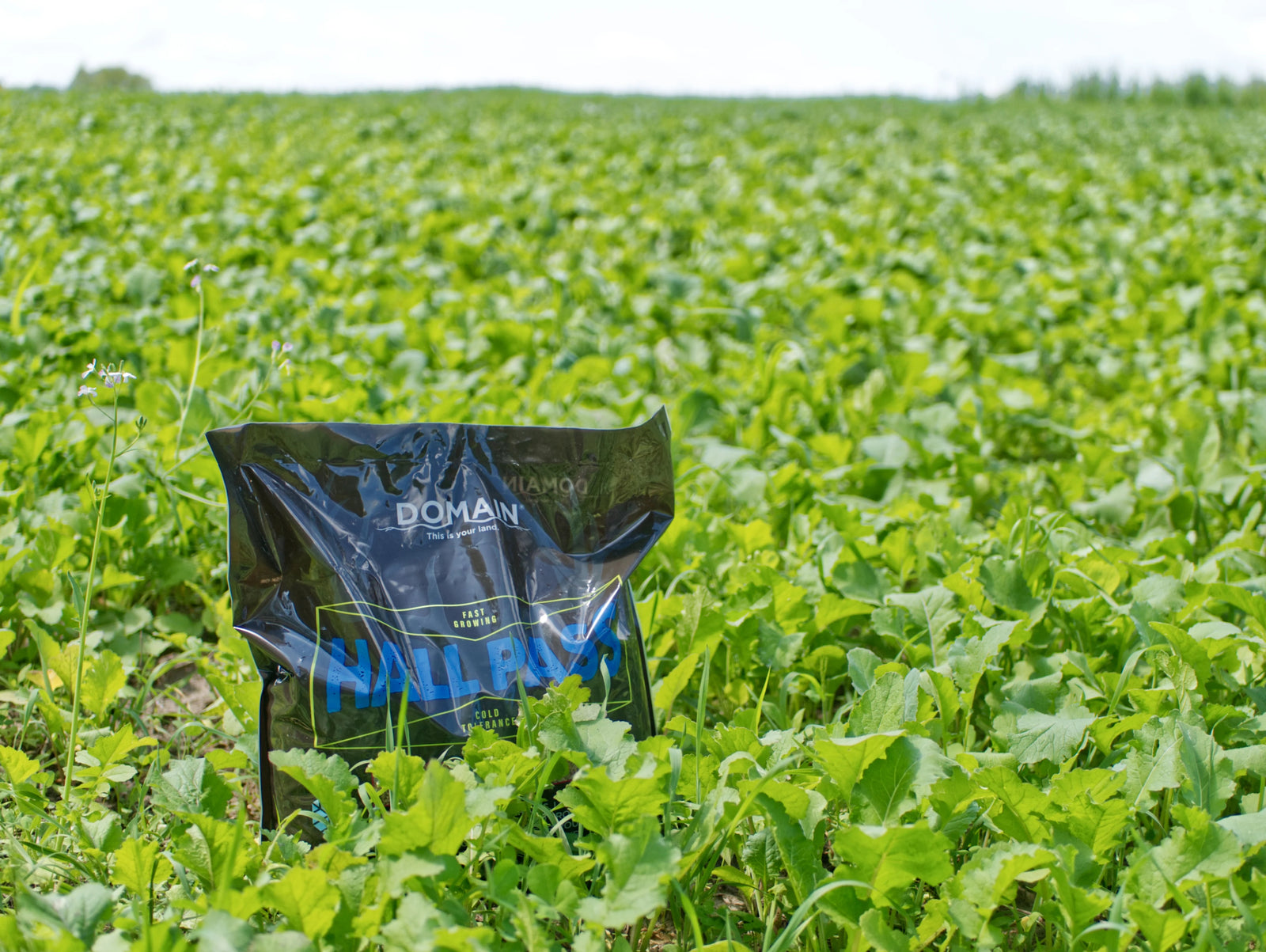Introduction:
As the days grow shorter and temperatures drop, late-season food plots become vital for sustaining deer populations and providing hunters with prime opportunities. Crafting the perfect seed mix for a late-season food plot requires careful consideration of plant species that thrive in cooler conditions and offer abundant forage options for deer. Enter HALL PASS a blend of winter rye, winter wheat, red clover, white clover, turnip, radish, and hybrid forage brassica—a powerhouse combination designed to provide a nutritious feast and habitat benefits for deer during the late season.

Winter Rye and Winter Wheat: Cold-Hardy Forage and Cover
Winter rye and winter wheat form the resilient backbone of this late-season seed mix, offering cold-hardy forage and valuable cover for deer as temperatures plummet. These cool-season cereal grains germinate quickly and establish dense stands of lush foliage, providing deer with a reliable food source and shelter from inclement weather conditions. Their ability to thrive in colder climates makes them ideal choices for late-season food plots, ensuring that deer have access to nourishing forage even as winter sets in.
Red Clover and White Clover: Protein-Rich Forage and Soil Improvement
Red clover and white clover enrich the late-season seed mix with their protein-rich forage and soil-improving properties, enhancing both deer nutrition and food plot ecosystem health. These cool-season legumes produce vibrant blooms that attract deer and other pollinators, while their deep taproots work to improve soil fertility and structure. Red clover's nitrogen-fixing abilities contribute to overall soil health, while white clover's low-growing habit provides accessible forage options for deer even as temperatures drop.
Turnip and Radish: Nutrient-Dense Forage and Soil Enhancement
Turnip and radish introduce nutrient-dense forage options and soil enhancement benefits to the late-season seed mix, bolstering its appeal to deer and promoting soil health within the food plot. These cool-season brassicas develop large, succulent roots that serve as valuable food sources for deer during the late fall and winter months. Additionally, their deep taproots break up compacted soil layers, improving drainage and nutrient availability while creating favorable conditions for other plant species to thrive.
Hybrid Forage Brassica: Versatile Forage and Habitat Structure
Hybrid forage brassica completes the late-season seed mix with its versatility in forage options and habitat structure benefits for deer. This cool-season brassica blend offers a diverse array of forage choices, from tender leaves to succulent bulbs, providing deer with nutritious options throughout the late season. Additionally, hybrid forage brassica's robust growth habits create valuable habitat structure and cover within the food plot environment, enhancing deer comfort and security during periods of heightened vulnerability.

Conclusion:
In the realm of late-season deer food plots, diversity and resilience are key. By incorporating winter rye, winter wheat, red clover, white clover, turnip, radish, and hybrid forage brassica into our Hall Pass blend, growers can create a late-season buffet that sustains deer populations and enhances hunting opportunities even in the coldest months. With its combination of protein-rich forage, soil improvement benefits, and habitat structure features, this late-season seed mix stands as a testament to the power of strategic planting in supporting wildlife and fostering thriving ecosystems.








